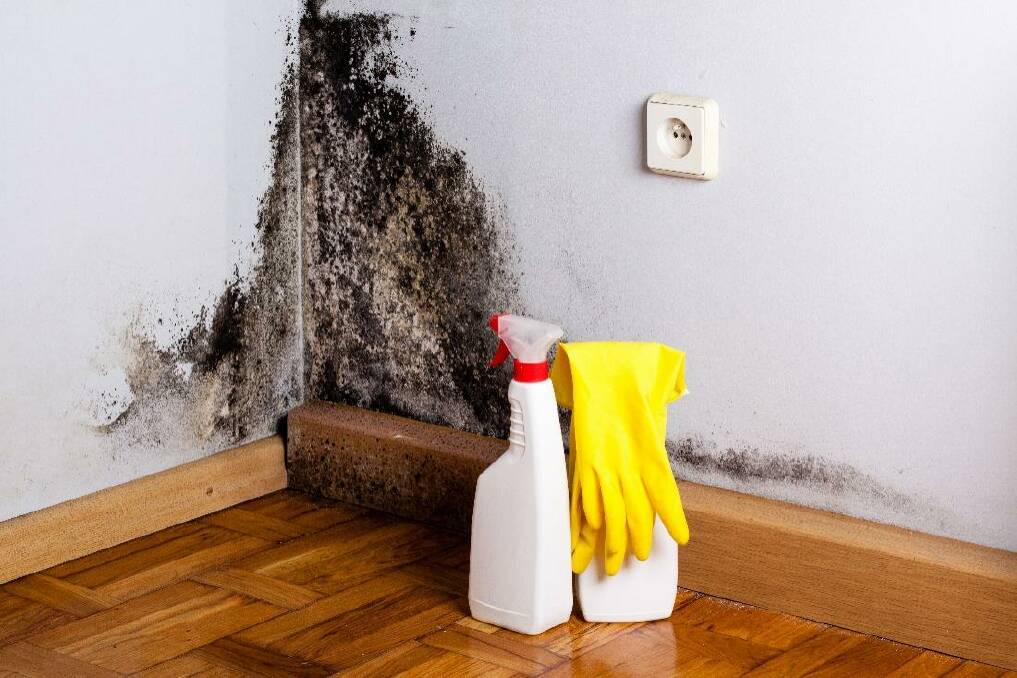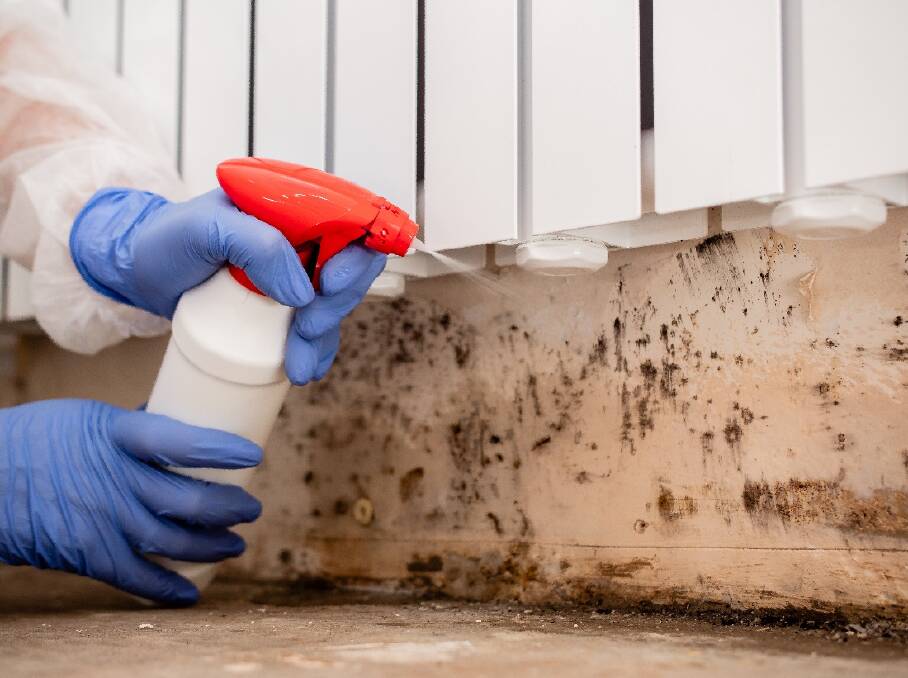5 Tips for cleaning up mould after a flood

This is branded content.
Cleaning up after a flood can be a real hassle. So, if you find yourself in a flood situation, you may ask yourself how you'll clean so much water out, especially when it's muddy too.
No matter where you live, it can be challenging to deal with the clean-up process. But here's how you can start: Accept that your house may have been changed by the water sitting on your floor and may have also left some stains on your wall, but it can still be fixed.
However, you may be wondering how you're going to clean up when mould has started to form in your home. It can only take 24 to 48 hours to develop on wet surfaces. So, as long as the moisture level is high, or there's still floodwater inside your home, mould colonies will continue to grow.
And while the presence of mould can only cause mild symptoms for most people, it can pose a serious health threat for those with allergies and asthma. According to the Centres for Disease Control and Prevention, people with lung disease or immune suppression are more likely to be affected by fungal infections. (1)
To prevent further mould development in your home, it's important to dry all the affected areas as quickly as possible. Any reputable mould removal company can help you professionally remove mould caused by floods. Learn more about mould removal services and how they can avert further mould damage. But if you want to do it yourself, these tips can help you:
1. Protect yourself
Before cleaning up your property, remember the safety tips you should follow. Before doing anything else, don't forget to turn off the gas and electricity if the floodwater is still in your home to avoid electrocution and other accidents.

Also, wear protective gear such as goggles, respirators, masks like an N95, gloves, long sleeves and pants, and rubber boots.
These gears will help you avoid any injury and keep you protected from any dirt or bacteria in the water that can trigger allergies or asthma. The CDC recommends removing all the mould, no matter what type it is - to ensure your safety, especially if you're susceptible to mould and to prevent it from damaging your home. (2)
2. Remove all the water
It's best to remove all the water in your home as quickly as possible after the flooding to prevent mould from growing. Use a container like a bucket to carry water out.
Once you've finished removing the water, mud and all the debris left from the flood, it's helpful to use a vacuum cleaner to help dry out the floors.
Remember to ensure that there's no water left in your wall, especially when you're using drywall. You may also need to remove wall coverings like wallpaper and wet plasters. Carefully check for any signs of water both inside and outside your home before you proceed with the thorough clean-up process. (2)
3. Remove all wet items
You might think that it's possible to clean everything inside your home after the flood. But the truth is, some items like bedding, furniture, books, and toys can no longer be cleaned and salvaged.
These items must be discarded because moulds can grow on them and spread to other areas of your house if you keep them inside. If you're not sure if an item has completely dried, it's best just to throw it away than to allow mould to grow on it. As for the items that can still be cleaned, properly disinfect them with cleaning products that can kill germs and moulds. (1)(3)
4. Allow fresh air to come inside
There's also a high chance of air contamination in your home after the flooding. If it's less humid outside your home, it's ideal to open your house to allow fresh air to come in to prevent mould growth.
It's best to leave as many doors and windows open as possible to allow air to circulate. You can also use fans during the clean-up process to speed up water evaporation.
To do this, just mount the fans on the windows and allow them to blow air out. Aside from fans, you can also use a dehumidifier to help dry things more quickly and reduce the moisture inside your home. Keep the dehumidifier on until all the porous surfaces in your space have completely dried up. (1)(3)
5. Allow all surfaces to dry
After removing the standing water and cleaning your home, dry out all surfaces to avoid mould growth. It's ideal to use a vacuum cleaner to help dry the wet areas quicker.
It's also best to allow your home to dry for, at least, two to three days before you rebuild, replace, or put back your things inside. You can check out this clean-up checklist to guide you in the necessary steps you have to take after the floodwaters have eased. (1)
Conclusion
Going back to your home after a flood can be exciting as you'll get your life back to normal. But the clean-up process can be difficult, especially when you've got a mould problem.
If you find yourself in such a situation, you can follow the tips mentioned in this article to make the clean-up job less daunting.
References


